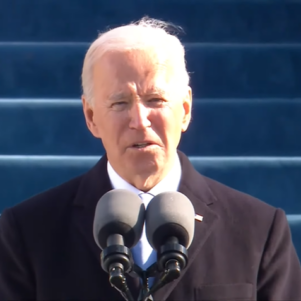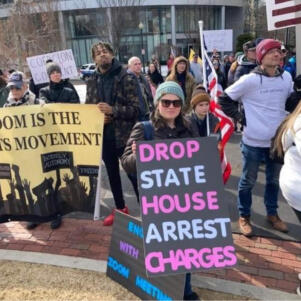How You Lost Control of Your Local Schools
By Sandra Stotsky | January 27, 2018, 3:02 EST

How did unconstitutional four-year state education plans get to be legal? Or are they?
In their new book, Deconstructing the Administrative State: The Fight for Liberty, Emmett McGroarty, Jane Robbins, and Erin Tuttle tell us about the over-reach by bureaucrats in past decades through an “administrative” central government. They highlight the administrative state’s assault on the constitutional authority that U.S. states have in our federal form of government. Vast areas of state policy are now controlled by anonymous federal bureaucrats.
It is time to reduce the power of unelected bureaucrats in education by putting an end to most federal education mandates in kindergarten through 12th grade. It has always been clear that the federal government has no constitutional role in education policy making. Among the most egregious examples of over-reach by the United States Department of Education into the K-12 school system are:
1) Bribing most state boards of education to adopt inferior Common Core standards and, then, tests aligned to these inferior standards by means of the Race to the Top competition in 2010
2) Using unelected bureaucrats at the federal education department to comment on and approve the four-year state education plans (under the Every Student Succeeds Act, or ESSA), all submitted without the approval of a state’s governor, state legislature, its local school boards, or the parents of the schoolchildren in the state
3) Requiring states in the four-year education plans they submitted for approval to incorporate into all subjects in the school curriculum non-academic standards for social and emotional learning without approval of these standards by any state or local medical or public health boards
American education will begin to recover when parents and local teachers and administrators begin to regain control of local public schools, for which local taxpayers pay close to half on average while state governments pay for close to the other half. The federal government pays for about 8% of their costs.
Was the process used by the U.S. Department of Education legal? And: If federal education officials had tried to use a constitutional process, such as a constitutional amendment, to try to get what they wanted (i.e., to centralize education policy making), who would have gone along?
Sandra Stotsky, former senior associate commissioner at the Massachusetts Department of Elementary and Secondary Education, is professor of education emerita at the University of Arkansas. Read her past columns here.










